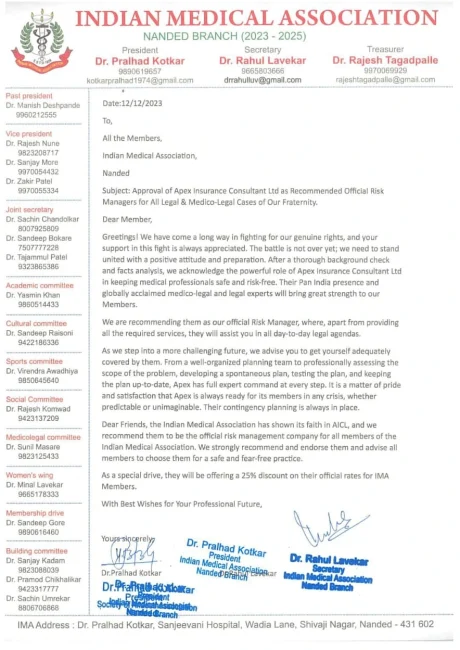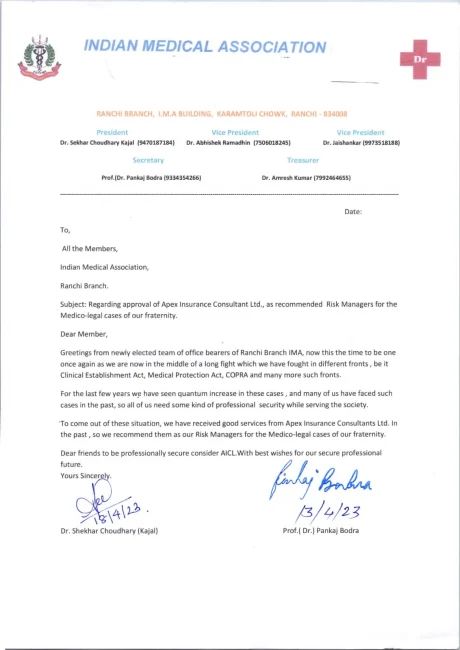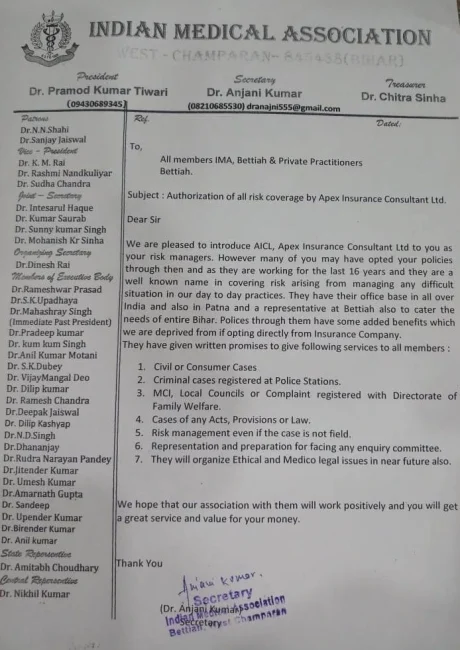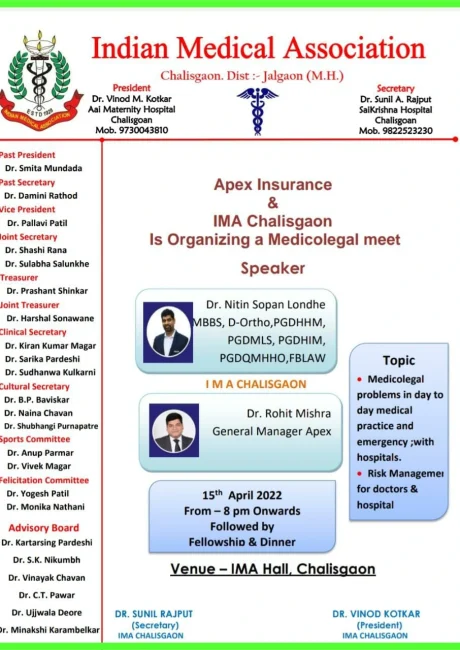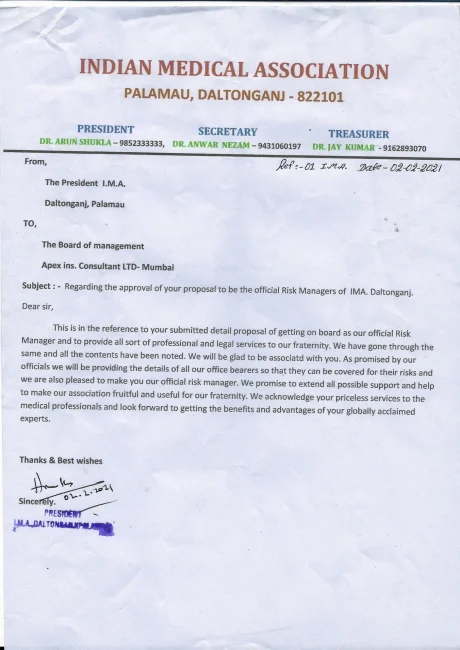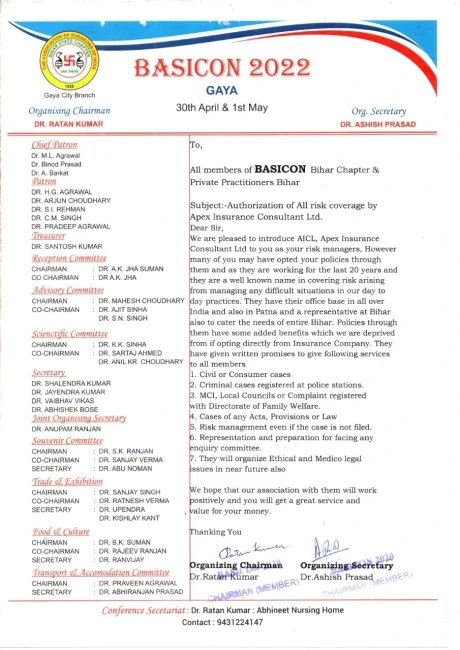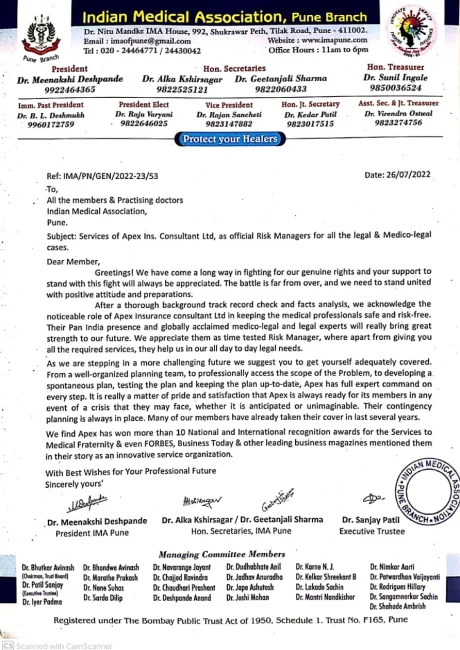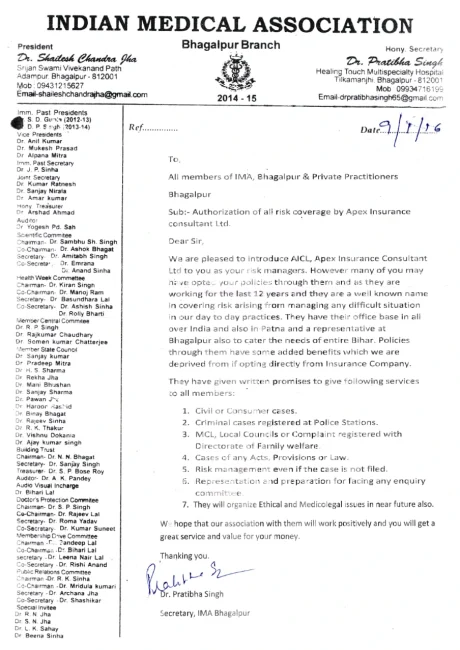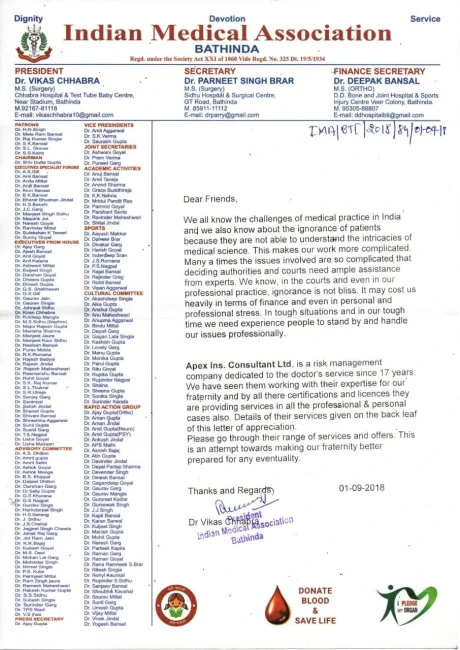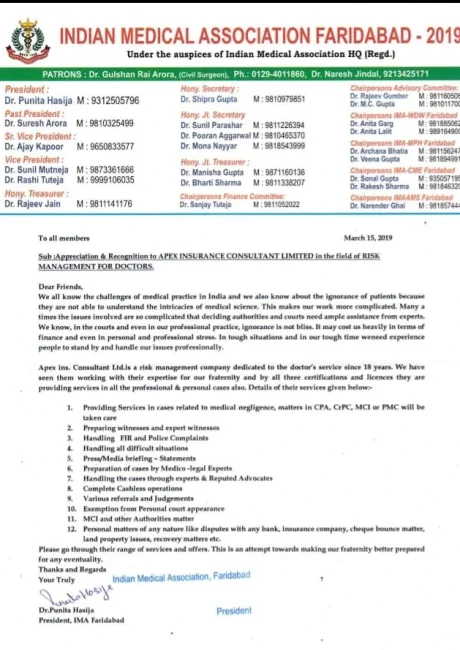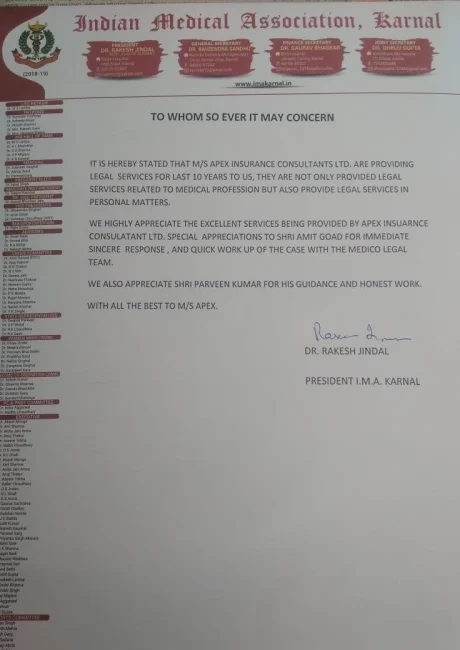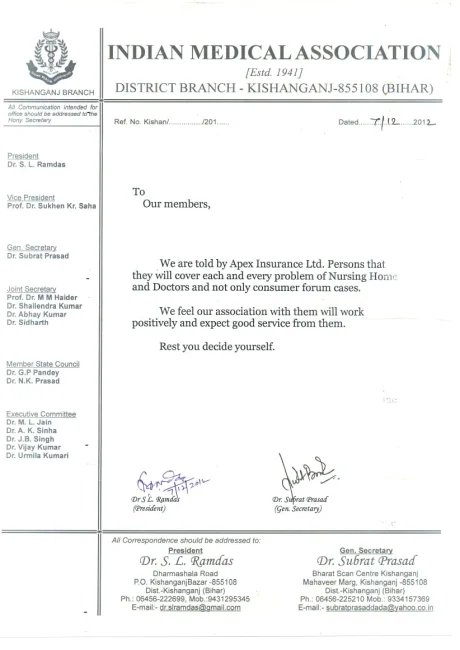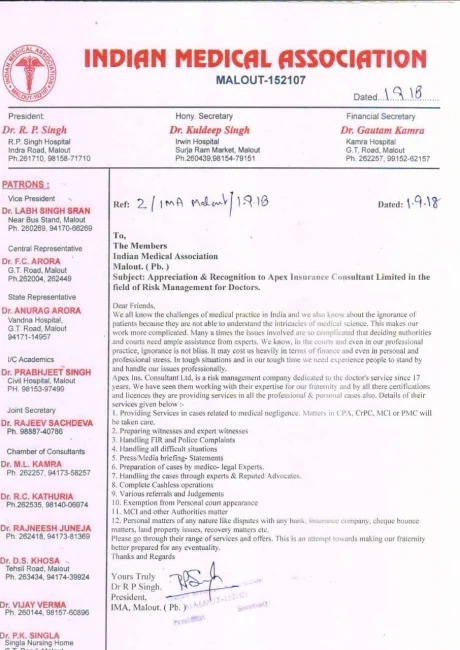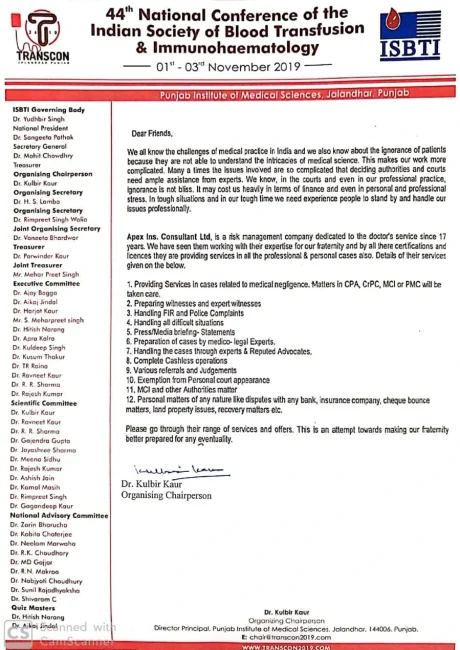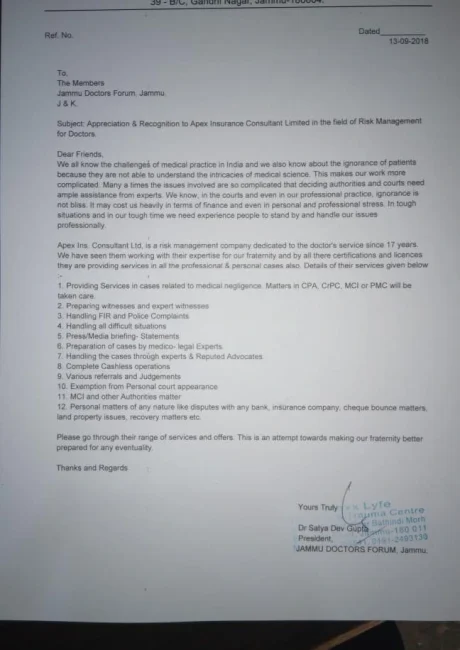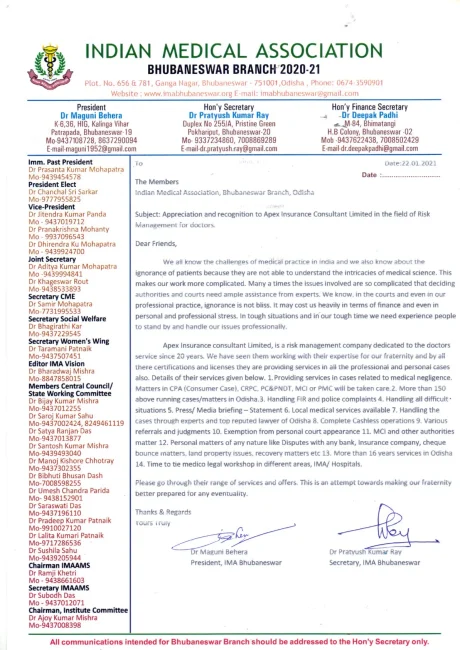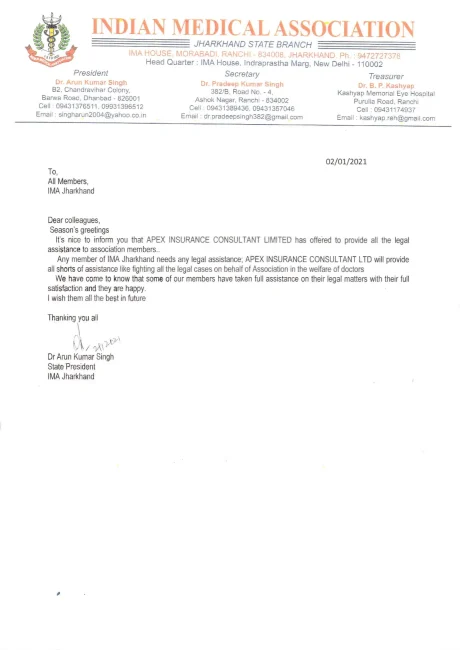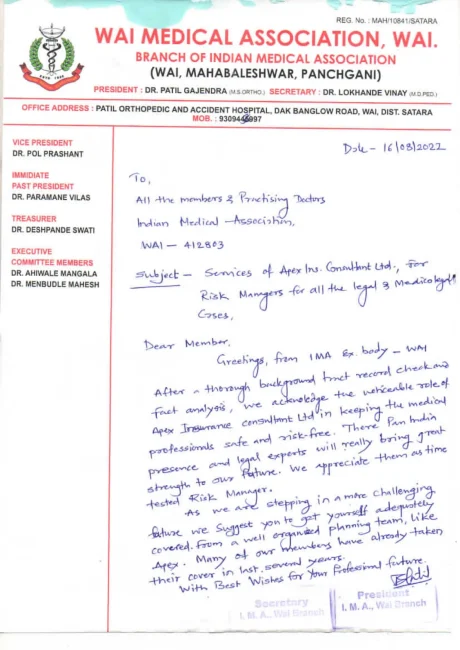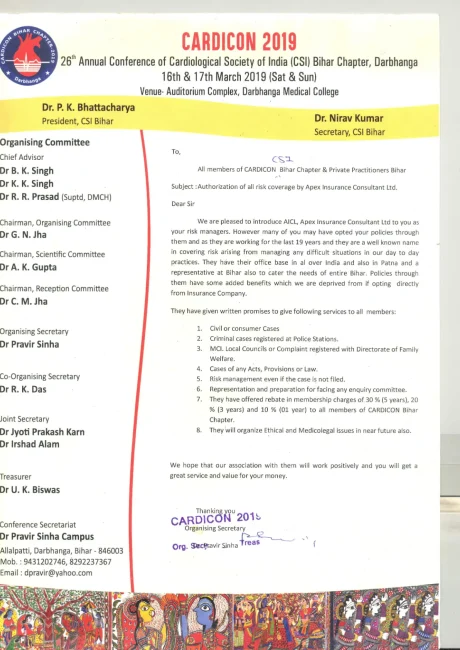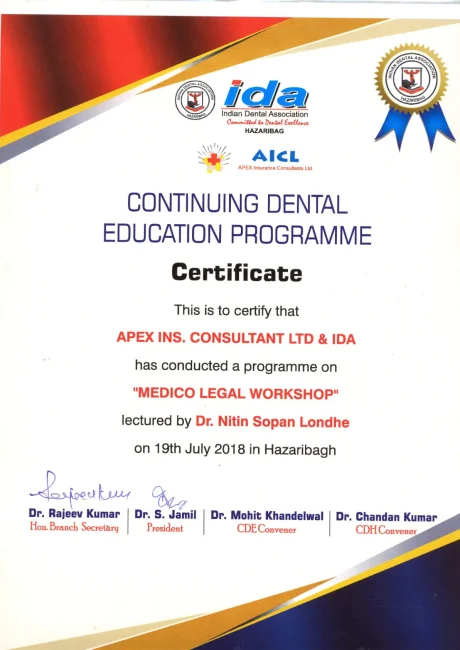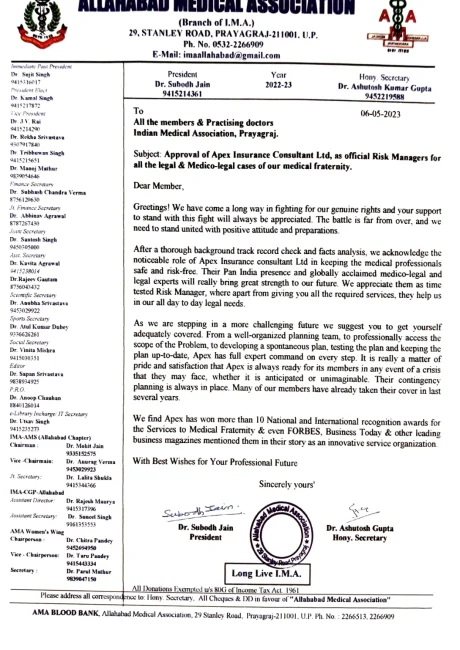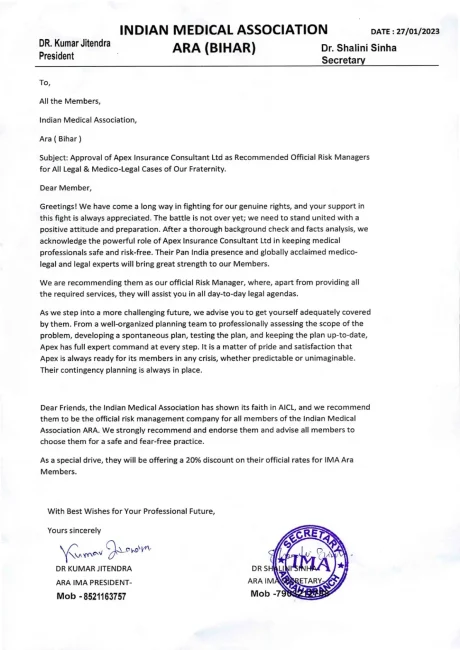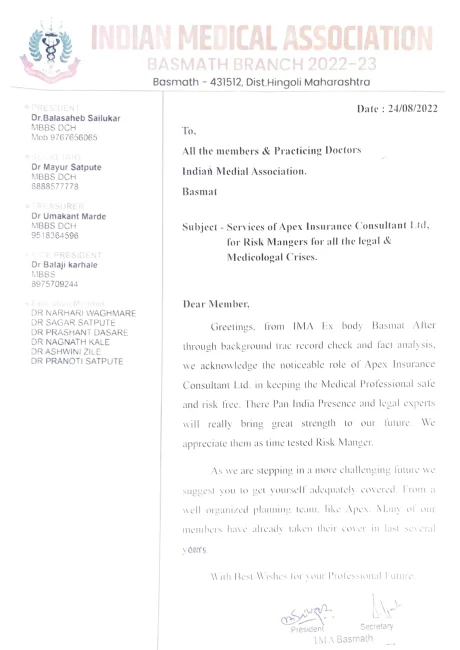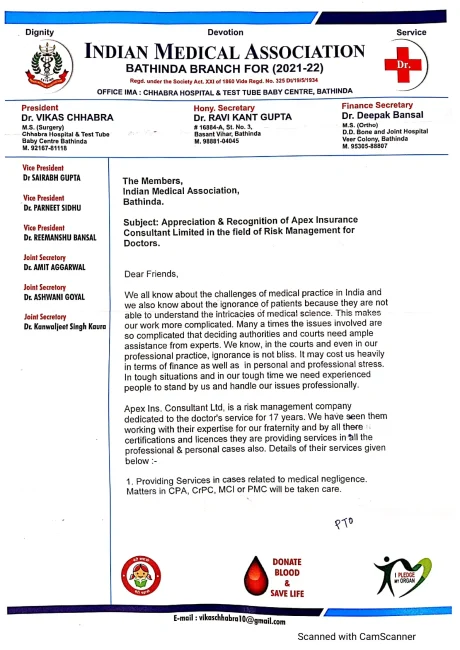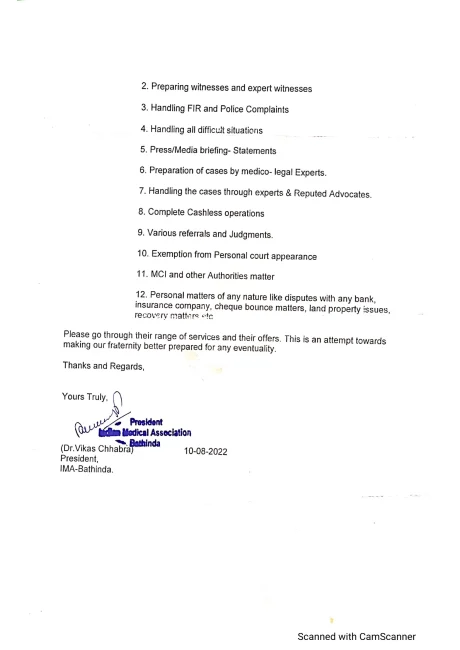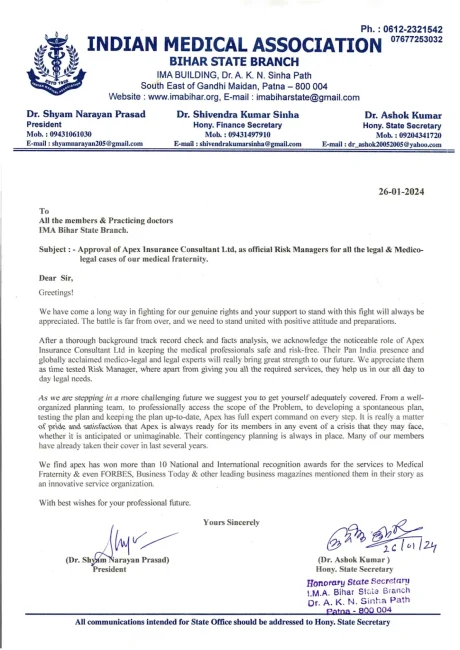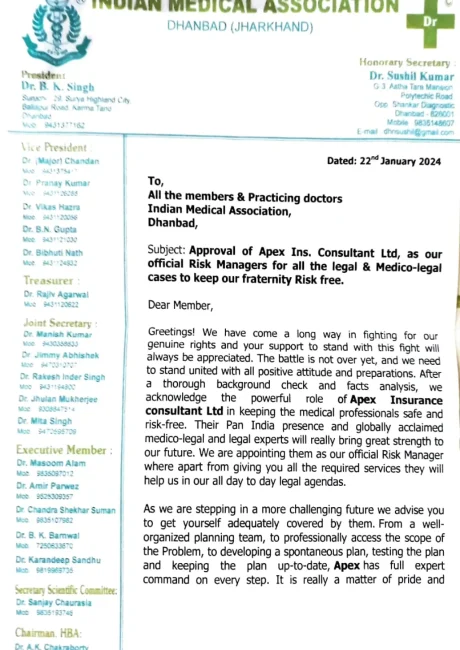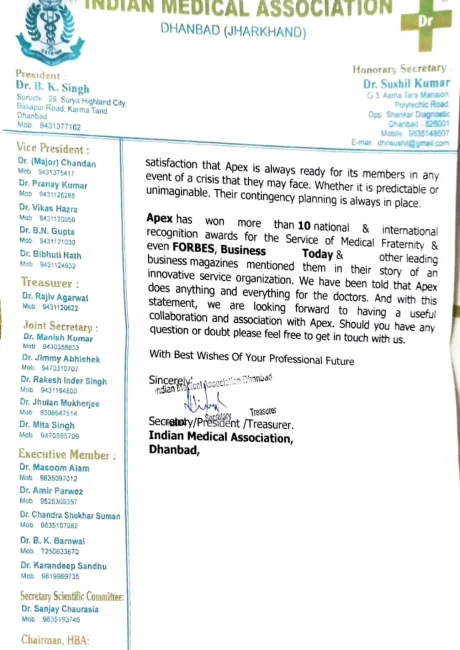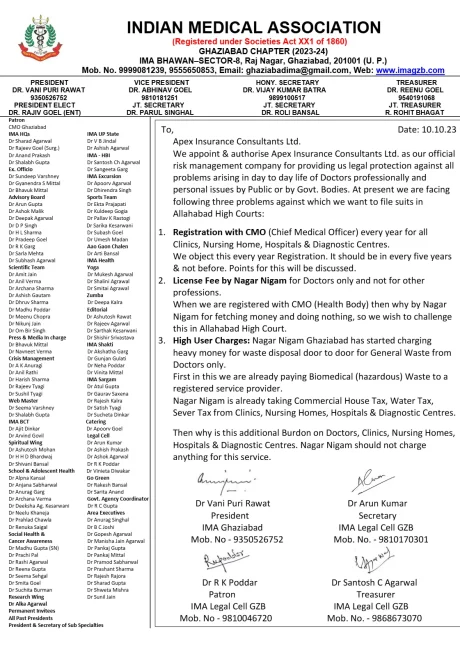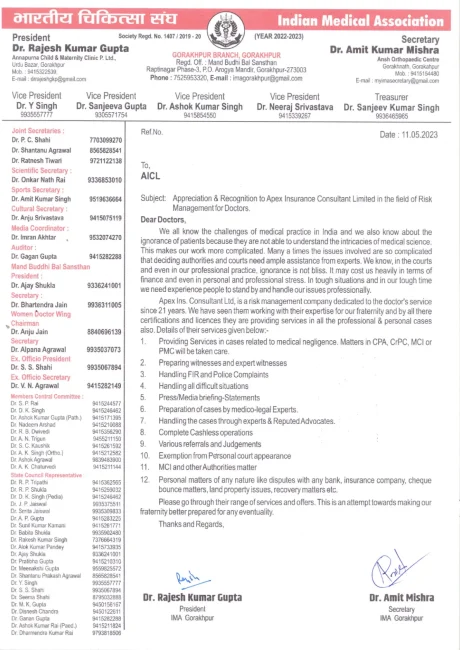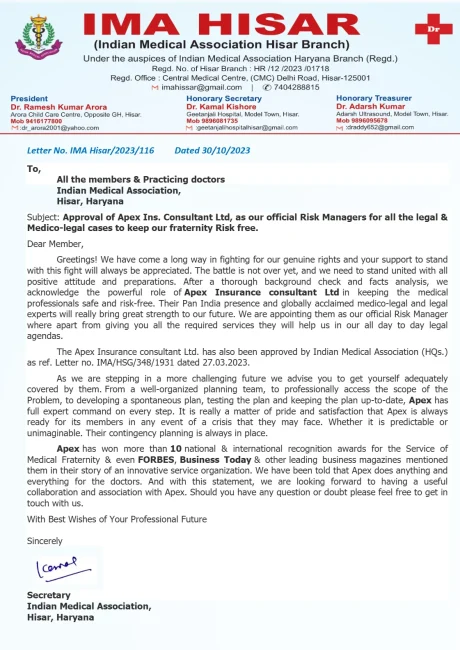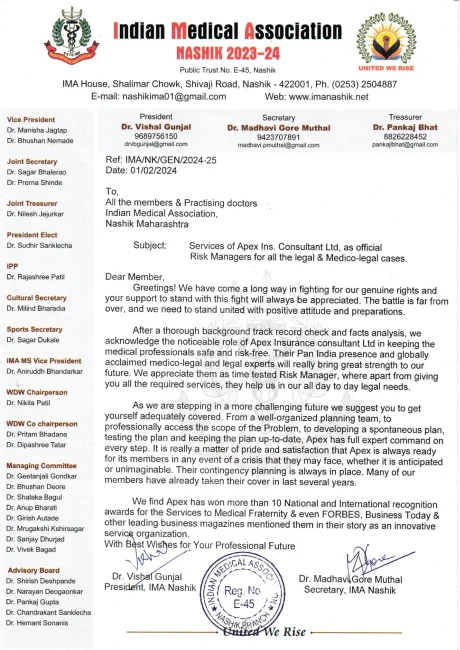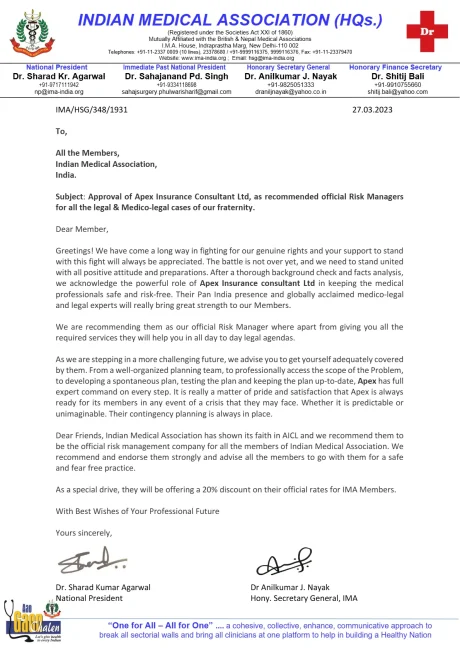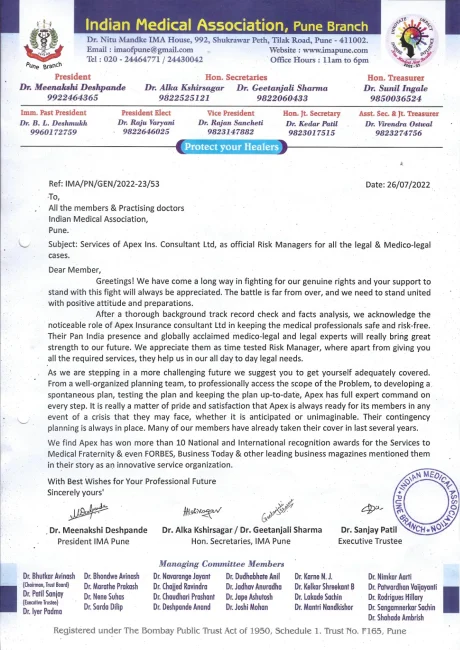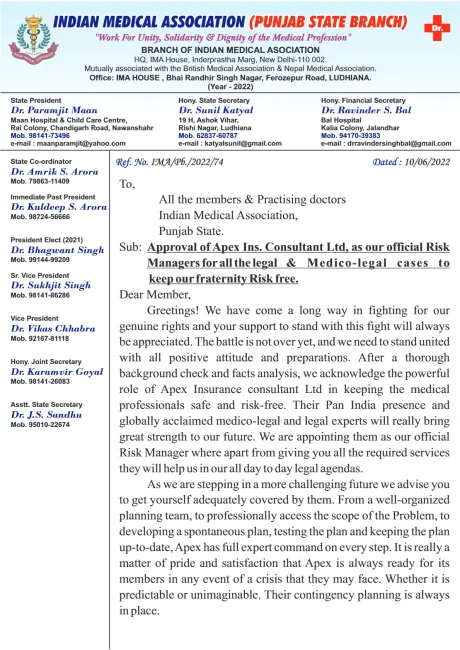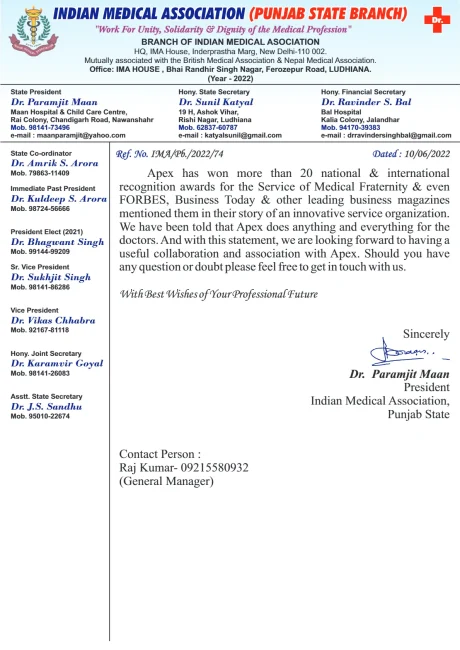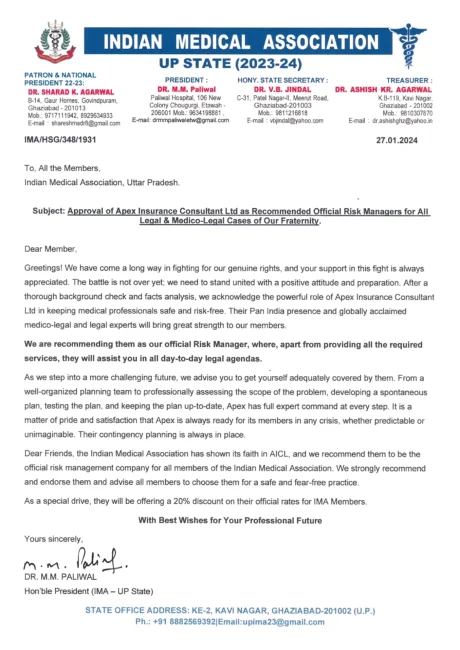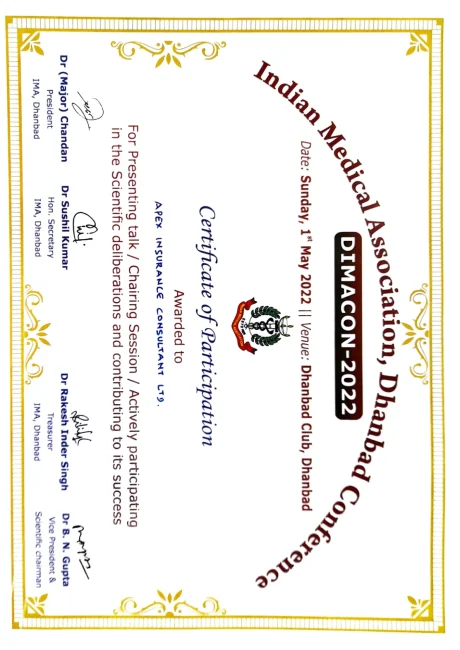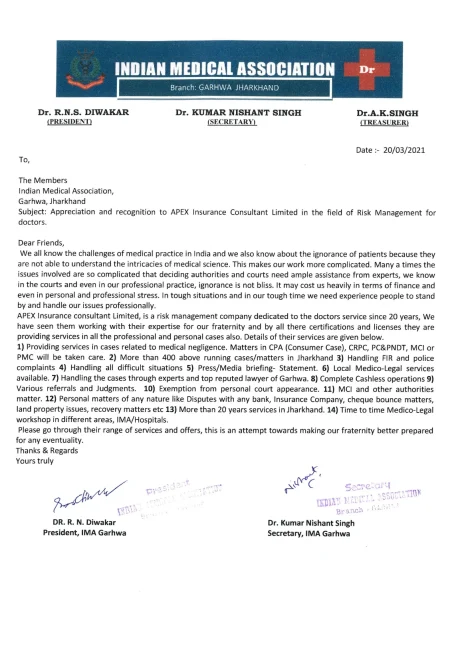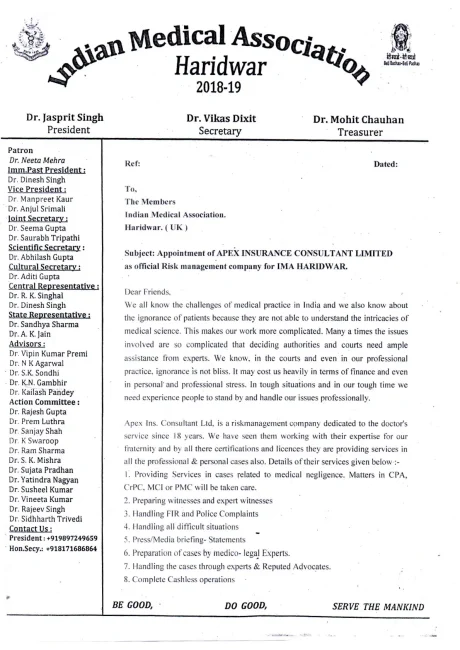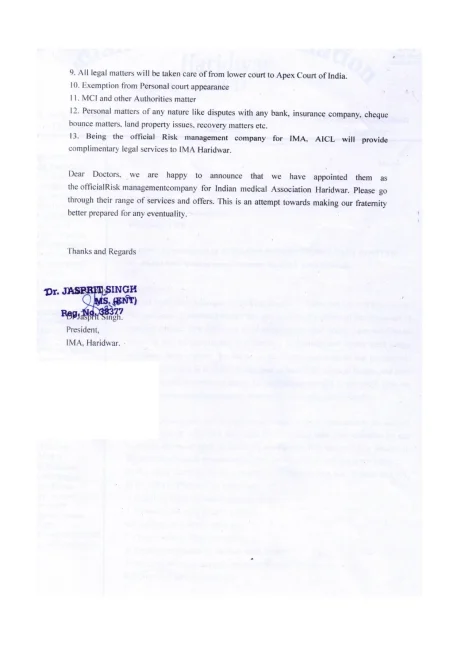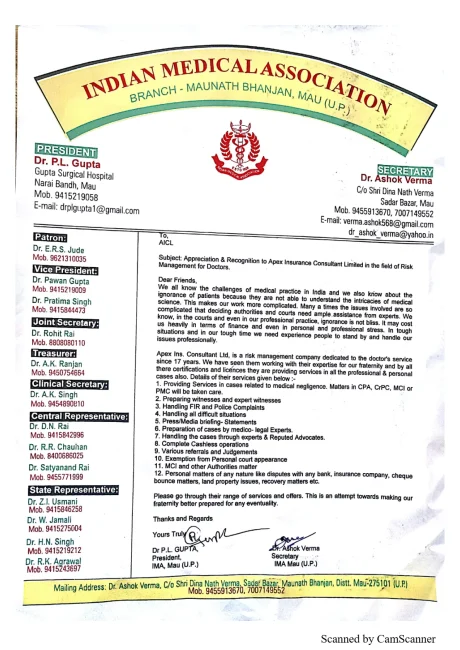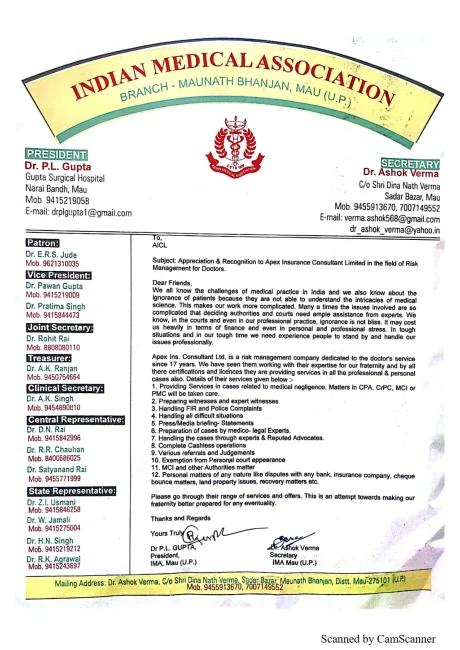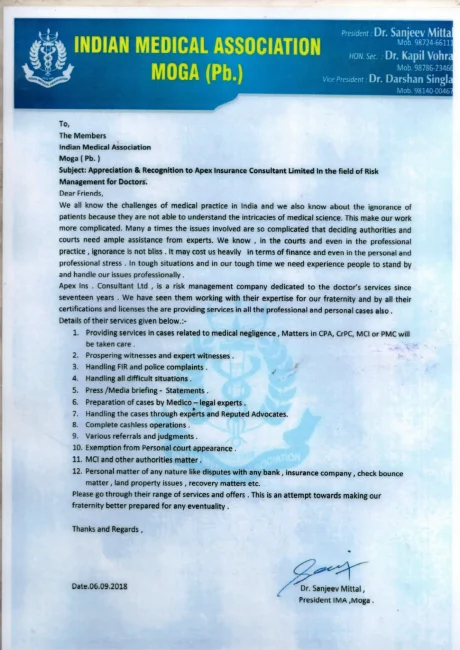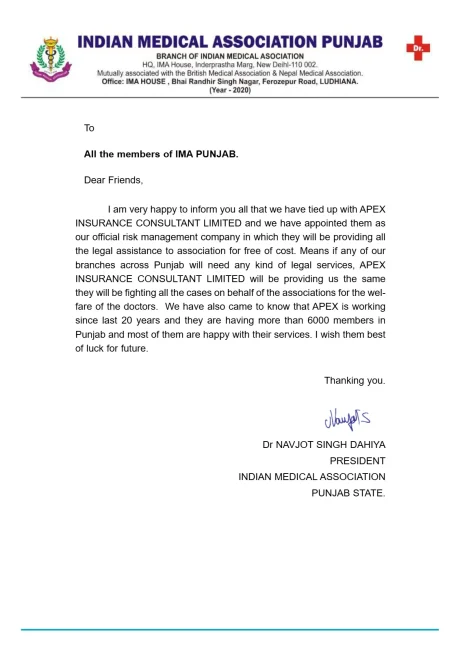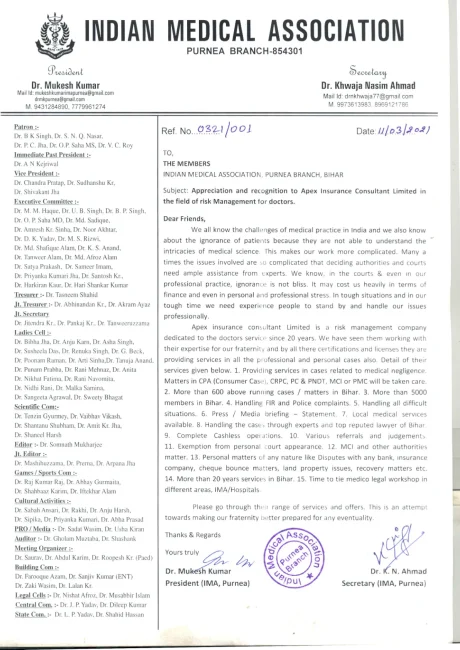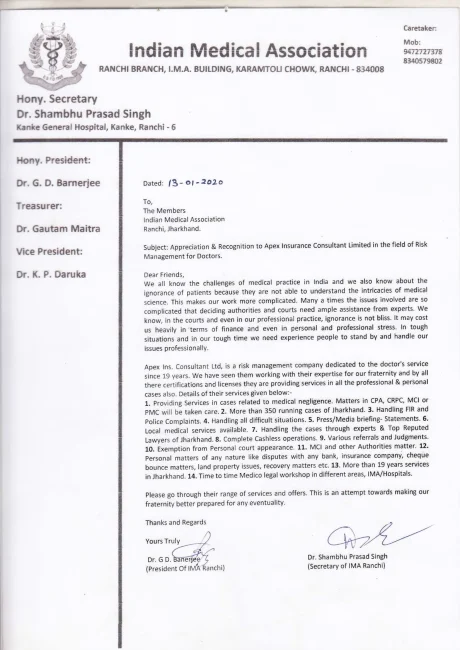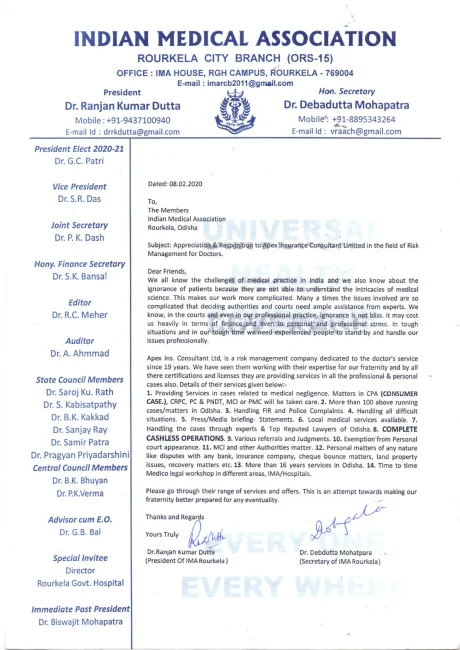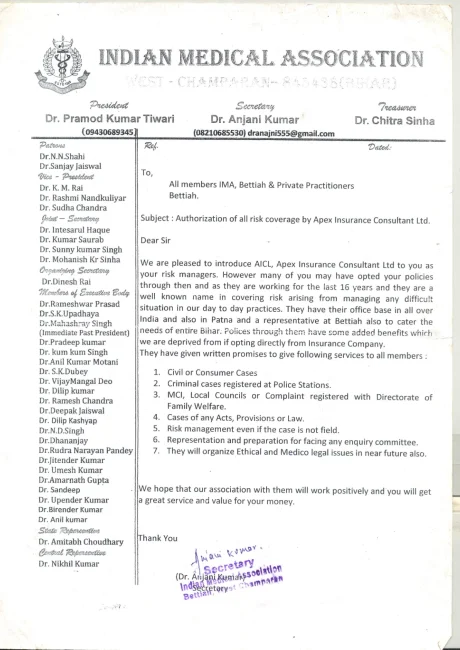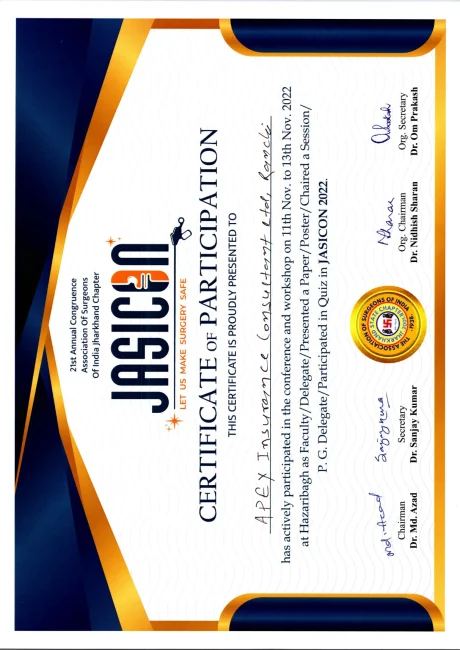by
- Dr. (Prof.) Mahesh Baldwa, M.D, D.C.H, FIAP, MBA, LL.B, LL.M, PhD (law) SENIOR PEDIATRICIAN & MEDICOLEGAL ADVISOR
- Dr Sushila Baldwa, MBBS, MD,DGO, senior gynecologist, Baldwa Hospital, Sumer Nagar, S.V. Road, Borivali (West) Mumbai 400 092
- Dr Namita Padvi, MBBS, MD,DNB, PGDML, Fellowship in pediatric anesthesiology, Assistant Professor of Pediatric medical s at T.N. Pediatric medical College and Nair Hospital, Mumbai-400008
- Dr Varsha Gupta, MBBS, MD, PGDML, department of pathology and blood bank, Bhagwati Hospital, Borivali west, Mumbai-400092
Introduction
The smart phone revolution has fundamentally changed the way we interact in society and has created a reliance on technology that pervades even clinical practice. With the invention of medical apps, gone are the days of white coats laden with various clinical handbooks. It is unsurprising that mobile phones are often used to take photographs of interesting cases and recordings made of interesting patients. Whilst most of these photographs are taken to show to colleagues to aid diagnosis or to be used as potential case reports, the doctors taking the photographs may be inadvertently legally breaching consent and confidentiality. Documented consent is required for medical photography all images taken (save and except for internal organ images of MRI, CT, x-rays and investigations and pathology slides). Consent is paramount and must not be overlooked even in the theatre setting with anaesthetized patients. Any image whether it is anonymised or otherwise, forms part of the medical record.
Recording by patient
Indian patients are not so illegally inclined in recording Doctors consultations as compared to western countries. In India rarely when a mishap occurs some patients use their smart phones / pen recorders to record talk with doctor as piece of evidence to be produced in court, without permission of doctor.
Indian doctors
In fact Indian doctors have fitted CCTV camera’s in clinic and hospitals displaying signs boards that the areas under CCTV surveillance. in India some doctors install CCTV camera’s in their consulting rooms but not in examination rooms/area. In fact doctors should encourage patients to record consultations.
Visual and audio recordings of patients on personal smart phones and camera’s
It is therefore not acceptable to be carrying images of patients on one’s mobile phone or electronically sending them on. There may be times when a photo would aid diagnosis in emergency situations if the clinician is off site, but generally these images should be relayed via secure emails. If there is a clinical need or a desire to take images for diagnosis or education purposes it is not appropriate to use personal cameras and mobile phones. There are ultimately no circumstances, save for emergencies, when taking patient images on a mobile phone, whether consented or not, is justified, so should not be done.
Use technology with consent to maintain confidentiality
The increasing use of technologies such as video and picture messaging has made it considerably
easier to record, copy and transmit recordings of patients. Doctors may be interested in using new technologies to aid rapid diagnosis and consultation and therefore improve patient care. Doctors need to bear in mind that when used for clinical purposes such recordings form part of the patient’s medical record and the same standards of confidentiality, and the same requirements for consent to disclosure, apply.
Exceptions to guidelines are
1. CCTV recordings of public areas in hospitals
2. identity of patient is made up as code
- Images of internal organs or structures
- Images of pathology slides
- Laparoscopic and endoscopic images
- Recordings or organ functions
- Ultrasound images
- X-rays
Consent and confidentiality domain
The making of other recordings and images which contribute to patient care, and which fall outside the list above, generally require
- Express patient consent.
- Patient’s consent / permission should be without pressure by giving patients the information they want by explaining need and purpose of the recording,
- where practicable, stop the recording if the patient party requests, or if recoding causing adverse effect on the consultation or treatment
- coding of recordings before using or disclosing them for secondary purpose or use with consent of patient party investigational images, when used in connection with a case history could make a patient identifiable,
- make appropriate secure arrangements for storing recordings
Adult patients who lack capacity for recording
Where adults lack the capacity to consent to an identifiable recording for assessment and treatment purposes, agreement should be sought from someone with the lawful authority to consent on their behalf. Where no individual has legal authority to make the decision on a patient’s behalf, it may be in the patient’s best interests to discuss the making of the recording with family or friends close to the patient. Where there are no family members or friends available or willing to be involved in such a discussion or where treatment must be provided immediately, recordings may still be made where they form an integral part of an investigation or treatment in accordance with common custom, usages and law.
Where a recording has already been made as part of the patient’s care, but may also be of value for a secondary purpose, the recording should be anonymised wherever that is practicable and will serve the purpose. In relation to identifiable recordings used for secondary purposes the law in relation to adults lacking capacity is untested in the individual’s best interests. Court order should be sought on a case-by-case basis for the use of identifiable recordings for reasons other than treatment and research involving incapacitated adults in research.
Children or young people
Parents usually authorize recordings of their young children, while competent young people choose for themselves. The same advice for adults with capacity on use and disclosure of recordings made as part of care also applies to children and young people.
Recordings made for research, teaching, training and other healthcare-related purposes
Consent is required before making recordings for secondary purposes such as teaching, training, the assessment of healthcare professionals and research. It is good practice to get the patient’s written consent, but if this is not practicable, the patient’s oral consent should be obtained.
before making the recording, doctors should explain:
- the purpose of the recording and how it will be used
- how long the recording will be kept and how it will be stored
- that patients may withhold consent, or withdraw consent during or immediately after the recording,
- and this will not affect the quality of care they receive or their relationship with those providing care.
Where recording is not planned
In some cases, although no recording has been planned, a recording of an unexpected development during the treatment process that would be valuable for teaching purposes may be made. Where the patient has capacity to consent their permission must be sought to make the recording. After a recording has been made, patients should be given the opportunity to see it and to withdraw consent for its future use. It is good practice to reaffirm consent for all continued use of identifiable recordings. It is common for video recordings to be used as a teaching tool.
if the patient revokes consent to its use, although all efforts should be made to destroy or anonymise such material. One solution is that video recordings can be edited and anonymised by obscuring or pixelating identifying features. Although this is not universally possible, it is recommended that this procedure be followed wherever feasible. Patients’ facial expressions, however, are important for some purposes, such as teaching that involves neurological and neuropsychological conditions. If anonymisation is not possible, consent from the patient is essential. Except when patients have given specific consent to other arrangements, patient-identifiable recordings should remain part of the patient’s confidential medical record.
Adults who lack capacity
it is lawful under the relevant mental capacity legislation to involve adults who lack capacity in research provided it is related to the condition with which they have been diagnosed; audio and visual recordings may form a part of such research. Incapacitated patients should be given the opportunity to withdraw their consent for the use of the recording if they regain the capacity to make a decision.
In making audio or visual recordings for other secondary purposes the doctors must be satisfied that the recording is:
• is necessary, and benefits the patient or is in their best interests
Children or young people
A person with parental responsibility may consent on behalf of a child or young person who lacks the competence to a planned or unplanned recording for secondary purposes. The recording should stop if the child or young person objects verbally or through their actions, if they show distress in other ways about the recording, or if the person with parental responsibility asks the
recording to stop. Documenting suspected cases of child abuse sometimes involves photographic records of children’s bodies. Although parental consent should be sought, if such clinical illustration is ordered by a court, and alerting the parent would put the child at increased risk, photographs may be taken without consent. Particular care must be taken with such sensitive material. Practitioners must ensure that it is stored safely and disclosed only for the purposes intended. Stillborn babies and neonates who are on the point of death are sometimes photographed at the request of the parents, but photographs should not be used for any other purposes, unless the parents indicate that this would be acceptable. Great sensitivity is required regarding this issue.
Recordings for use in widely accessible public media (television,
radio, internet, print)
In general, the rules relevant to making recordings for secondary purposes also apply to recordings for use in widely accessible public media, for example, to inform the general public. There are, however, some issues that are specific to recordings used in this context.
No identifying material may be published in textbooks or journals, or used for teaching without express patient consent (this should usually be in writing). Sometimes, doctors may wish to publish a recording of a patient which was made as part of their care, although consent was not obtained at the time of recording. In these circumstances, patient consent must be obtained if the patient is, or may be, identifiable. Patients should understand that, once material is published and in the public domain, it is unlikely to be possible to withdraw it from circulation. Where a video recording has been made for a broadcast, doctors should check that patients understand that, once they have agreed to the recording being made for the broadcast, they may not be able to stop its subsequent use.
Telephone and other audio recordings
The monitoring and surveillance of telephone calls is subject to regulations by the India Wireless Act, 1933,Information Technology Act, 2000 · Indian Telegraph Rule Telecom Regulatory Authority of India(TRAI) Act, 1997, which imposes a duty on those responsible for the call system to ensure that every reasonable effort is made to inform callers that their call might be recorded involving particularly sensitive information. In these circumstances it is important that callers are informed that their call may be recorded. Covert recordings of calls from individual patients should not be made.
Medico-legal purposes
In many areas, not only in health care, telephone calls are recorded for medico-legal purposes. Where telephone calls to a practice or out of hours service are recorded for these purposes, patients need to be told that conversations are being recorded and why. A failure to do so could mean that these recordings are unlawful. Information should also be available concerning how long recordings are kept and how patients can access them. Usually doctors worry, however, if they feel that they are being recorded by patient party for future complaints or litigation, and may be less likely to want to express opinions freely.
Making recordings covertly
People using healthcare facilities should be informed of any use of surveillance camera for purposes of security.
Deceased patients
The duty of confidentiality continues after a patient has died. Where a recording was made when a patient was alive, doctors should follow a patient’s known wishes after their death. This means that if a recording was made with the patient’s consent for a specific purpose, it may be used after their death, provided there is no reason to believe that consent was withdrawn before the patient died. However, if the recording will be in the public domain or the patient is identifiable consult and get consent of the patient’s family.
Storing and disposing of recordings
Recordings made as part of the patient’s care from part of the medical record and must be treated in the same way as other medical records. The advice on records retention for at least 3 years should be followed. Doctors using images, video and audio tapping for secondary purposes should have an agreement about the ownership, copyright, and intellectual property rights of the recording.
Compulsory or mandatory recording of consultation should be done for
- When both parties agree that they wish to record the consultation.
- when a patient is unable to write or read notes written by doctors, which is the case in India more often than usual
- The recording consultations for training purposes and review purpose. In the case of training, there are strict rules governing who may play the recording and when and how it must be destroyed so the identity of patient is not revealed to strangers.
General negative effects of encouraging patients to record consultations:
a. It is presumed that the doctor does not know everything on first consultation/ occasion . it requires series of consultations before arriving as justifiable diagnosis.
b. It is wrong for either doctor or patient to record consultations with the intention of deliberately entrapping or tripping up the other party, and this implies that ending of doctor-patient relationship .
c. usually recording of consultation is becomes sham, with one party intending to catch the other out. It does not matter whether there is litigation in prospect. This is not what doctors or patients should do to each other to outwit each other.
Consultations Recording may change in behavior of patient as well as doctor:
1. the act of recording becomes like measuring of performance, alters the way the doctor-patient discussion goes on.
2. medical consultation/advise alters if recorded. When doctor speaks ,he is slower and with half an eye to posterity, even though consent from the patient is received or tacit. Patients are also inhibited, even if they say they are content to be recorded, and they speak and act in a more guarded way.
3. Consultations may take longer and both parties are more circumspect in what they say.
4. The interference with the consultation goes beyond the professional relationship.
5. recording interferes with the precious doctor-patient relationship making doctors react defensively
Misuse of recording
1. With any recording comes a risk of misuse.
2. The recording can be given to third parties without both parties’ permission; it can be used as evidence about the doctor, the patient, or other people who are being discussed in some way by the patient, or rarely, by the doctor during the consultation; it can be published as
“entertainment” on social media; or it can be (mis)used by the
media.
3. The only way to mitigate these risks is for the doctor and patient to have a copy of the recording so that both know what truly transpired.
Will to recording all consultations lead to improved patient care
1. By far the strongest argument for encouraging patients to record
Consultations is that it is likely to improve the quality and safety
of patient care. No studies have shown improved patient, but it would be odd, if clinicians did not adhere to good practice if recording is done.
2. There may be some negative effects on doctors if consultation recording given to patient became Routine thing in India. Doctors might order more tests and generate more referrals and more follow-up visits. This kind of
defensiveness may well lead to over-diagnosis, over-treatment, and increased costs to patient party.
3. Routine consultation recording will lead to better practice, greater
reliance on evidence, and greater patient engagement, which
prevents unwanted medical treatments.
Will to recording all consultations lead to Shared decision making
1. Routine consultation recording can not only be reviewed by patient party, other doctors as well as treating doctor himself for self-assessment.
Treating doctor if forgot to mention alternative approaches, he can rectify the situation.
2. Treating doctor may share more information to help compare alternatives in next visits.
3. Treating doctor may indicate about probabilities of harm as well as the
likelihood of benefit o treatment proposed.
4. Treating doctor may can look for evidence sources and see where such medical references are cited.
5. Treating doctor may look for national or local guidelines when he reviews his recorded consultation.
6. Treating doctor may use recorded consultation as tool to help the patient party to make informed decision.
7. Treating doctor will automatically become patient centric and help patient to achieve his health preferences.
8. Treating doctor can practice evidence based medicine and shared decision With patient party
9. Treating doctor should keep in mind the possibility of medico-legal use by him or patient party both.
10. Recordings of recording all consultations considered as admissible evidence in law courts in western countries as well in india.
Conclusions:
Recording all consultations can lead to Trust and openness. Doctors who are willing to be recorded will be viewed as having nothing to hide. A similar development is the Open Notes concept in the United States, which enables patients to comment on the accuracy of their electronic medical record.

